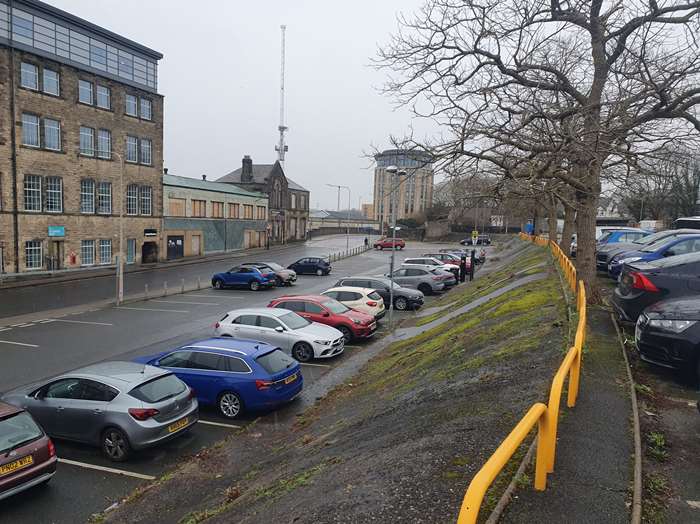Lancaster city centre car parking strategy

Car Parking in Lancaster
A comprehensive new parking strategy and action plan to ensure there remains a well-managed supply of public car parking facilities for Lancaster City Centre has been approved at a meeting of Lancaster City Council’s Cabinet.
The strategy aims to provide reassurance that the council can provide sufficient parking spaces to support local businesses and the economy whilst maintaining its overarching commitment to climate action and delivering other priorities such as regeneration and new homes for local people.
Through its declared Climate Emergency, the council also recognises the need to support the transitioning to an accessible and inclusive low-carbon and active transport system, promoting cycling, walking and increased use of public transport.
Following extensive public consultation and stakeholder engagement, the approved strategy aims to strike a balance in future provision to ensure the right type of parking is available in the right locations, for the right users. This includes:
- Reducing unnecessary vehicle circulation by improving the placement and visibility of car parks.
- Maintaining evening and leisure-time parking capacity to support Lancaster’s cultural and hospitality sectors.
- Ensuring car parks are safe, well-maintained, and clearly signposted.
- Providing accessible parking for disabled users, meeting the Department for Transport’s 6% provision target for Blue Badge spaces.
- Supporting electric vehicle growth through modern infrastructure and provision for future shared mobility services.
- Ensuring that parking changes align with sustainable transport and development plans, particularly where car park land is earmarked for new housing.
Over the 3-year Strategy period and beyond the city council will seek to maintain its public parking portfolio at around 1,400 to 1,500 off-street spaces, ensuring that attimes of high demand - such as during school holidays, festivals, and the Christmas season – a range of parking options are available.
To realise this ambition, a series of targeted investments is planned including the re-opening of Castle car park, expansion of existing provision at Edward Street and the conversion of current office leased parking to general use. This will be balanced with the planned release of some surface car parks for housing, particularly in the Canal Quarter regeneration area, a long-term city priority.
To prepare for the future, the strategy includes improvements in real-time parking information, the rollout of contactless and app-based payment systems, and promoting expanded use of underused facilities like the Park and Ride. The council will also work closely with Lancashire County Council, which is responsible for highways and on-street parking, to ensure that all traffic and public transport access and movement strategies are aligned.
The Strategy takes a pragmatic view: parking will remain necessary for the foreseeable future, particularly for those without viable public transport alternatives.
The way parking is delivered and managed must evolve to help reduce emissions, improve city centre air quality, and create a more welcoming and efficient urban environment. better utilising land in the city centre.
Ultimately, this strategy positions parking as a tool to support a wide range of wider city priorities. Through careful planning and investment, Lancaster aims to create a modern parking system that reflects the changing needs of the city and helps progress towards a sustainable and resilient future.
Last updated: 15 August 2025
